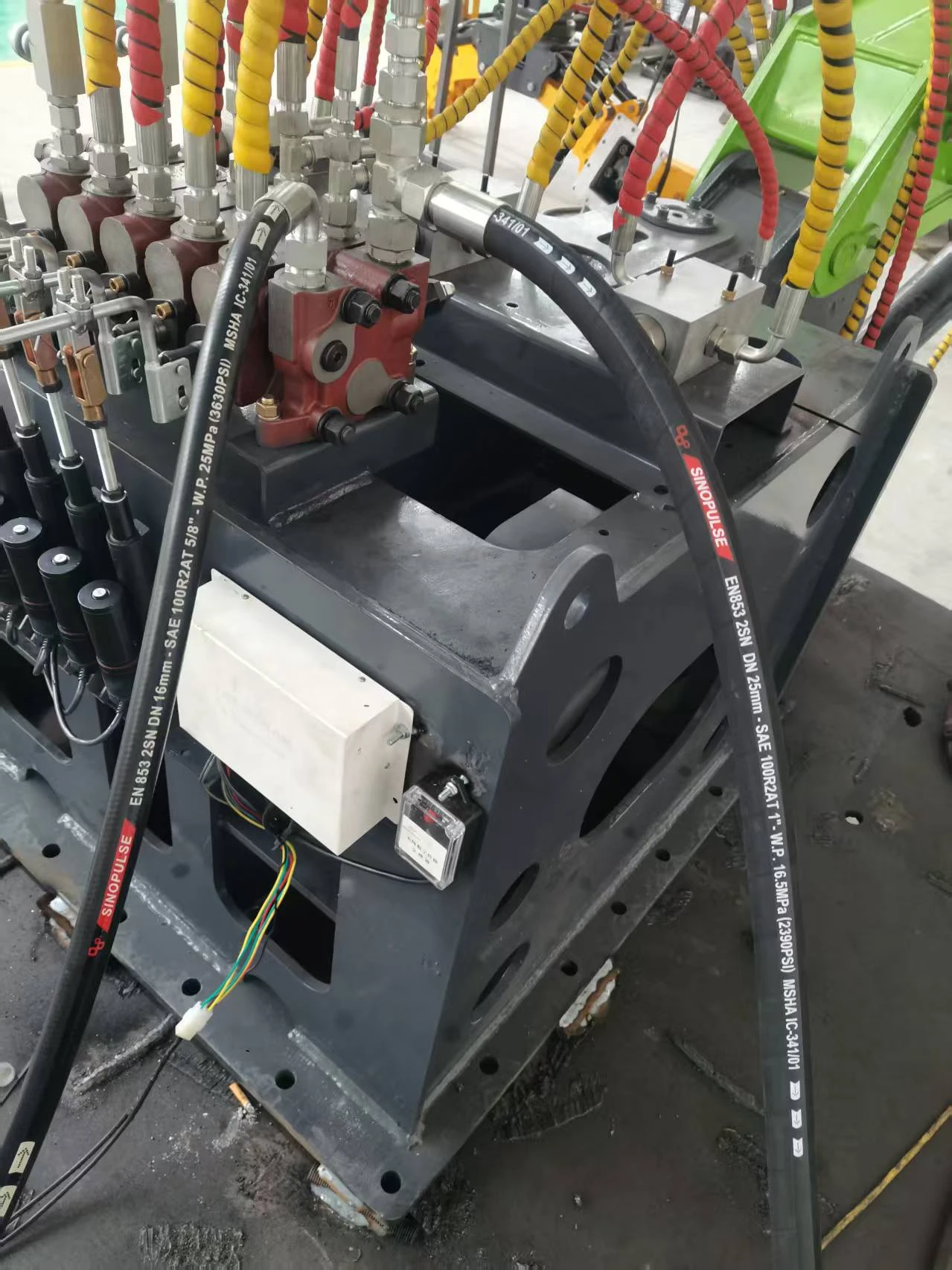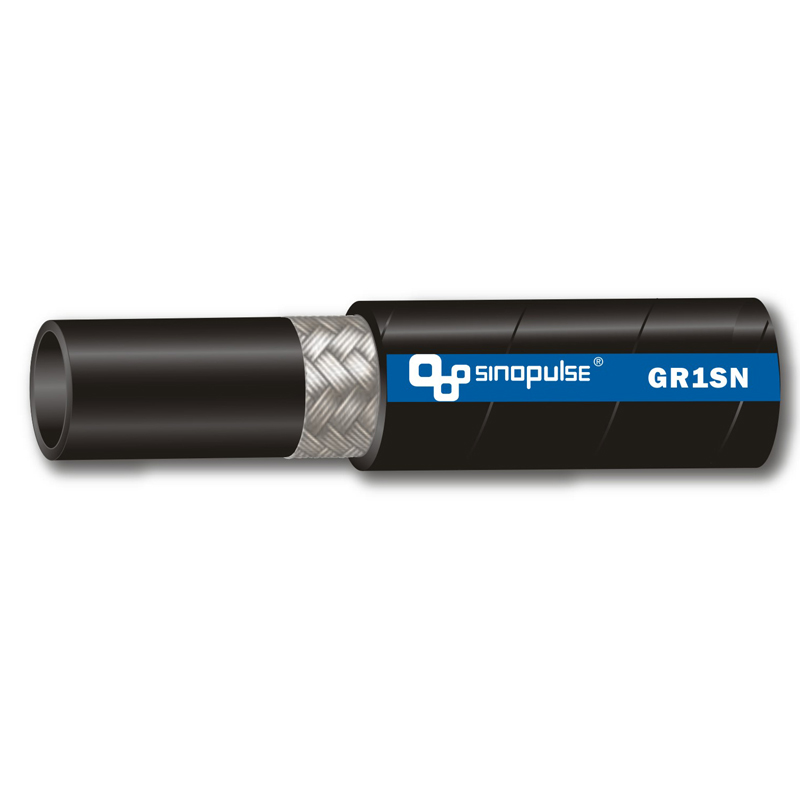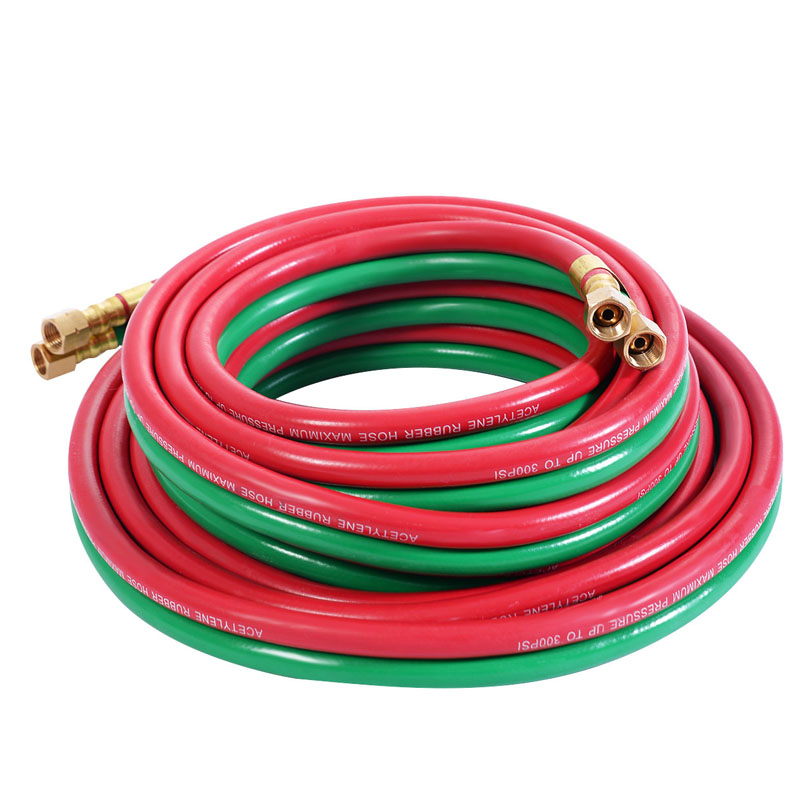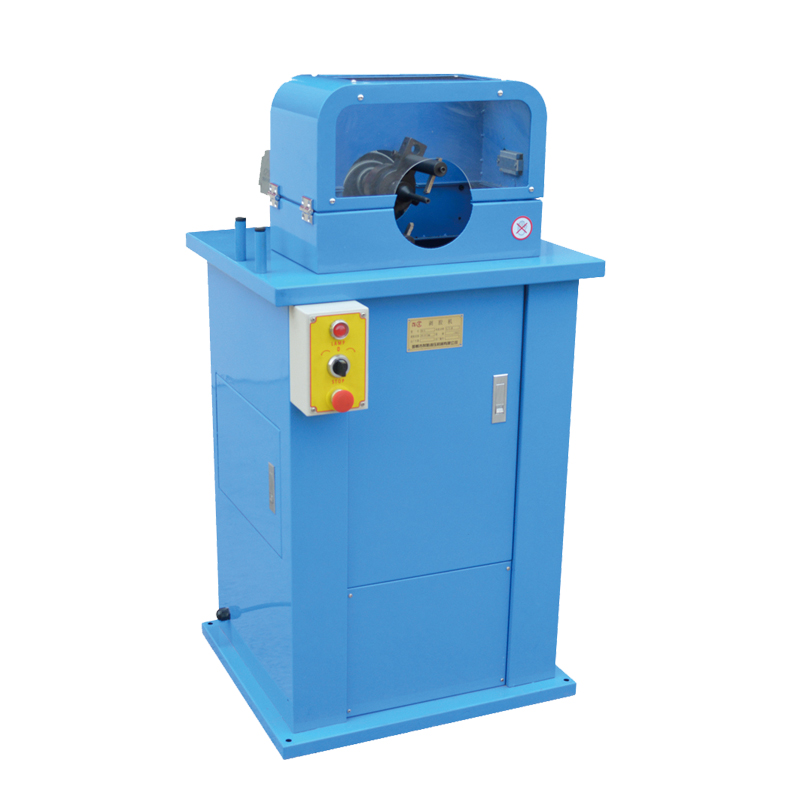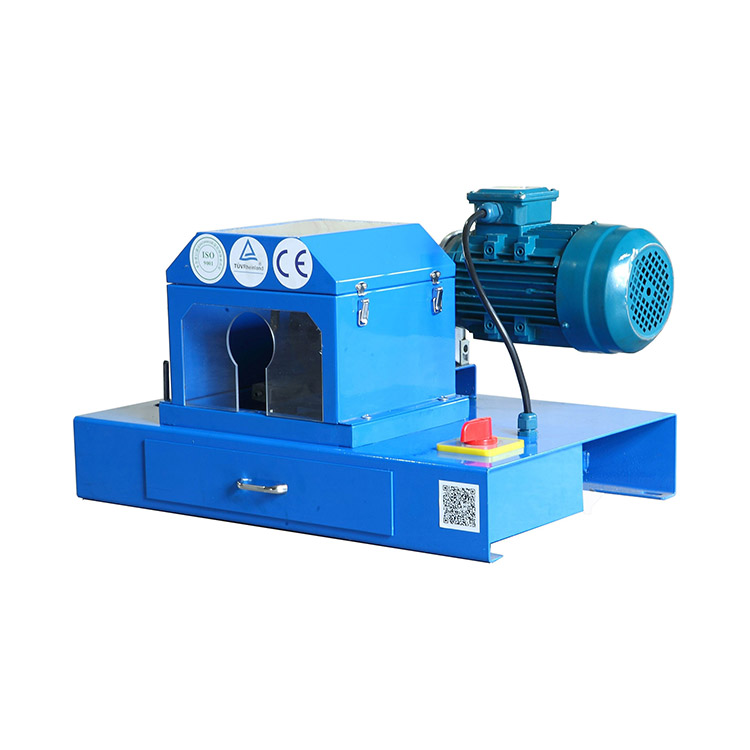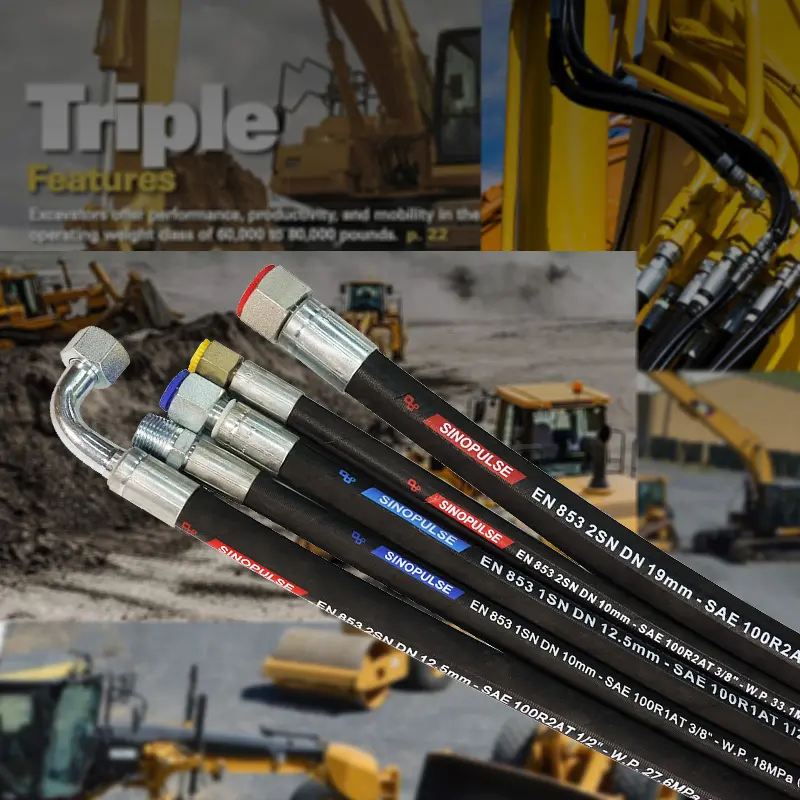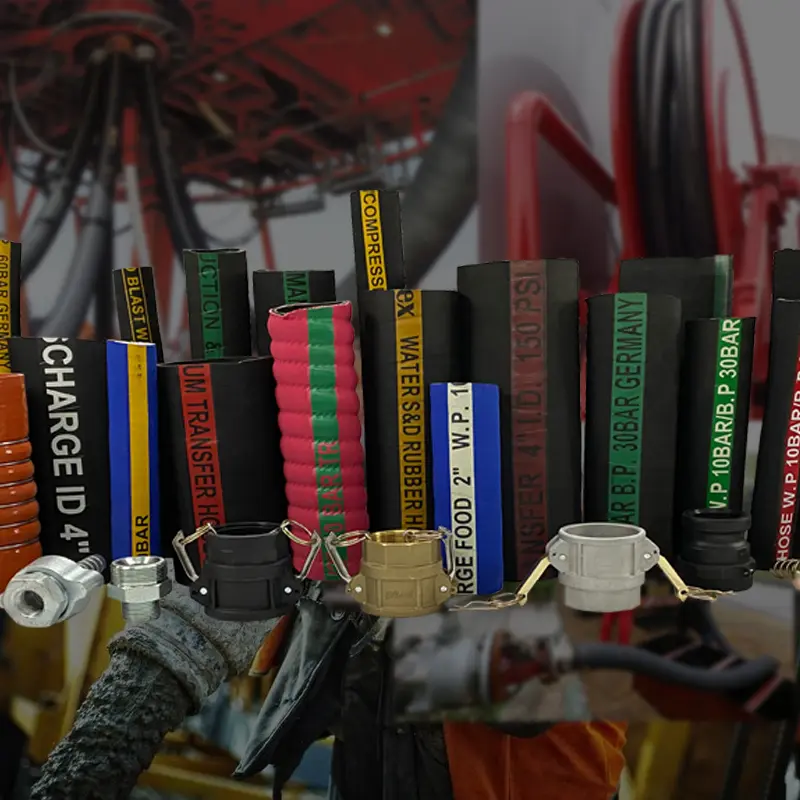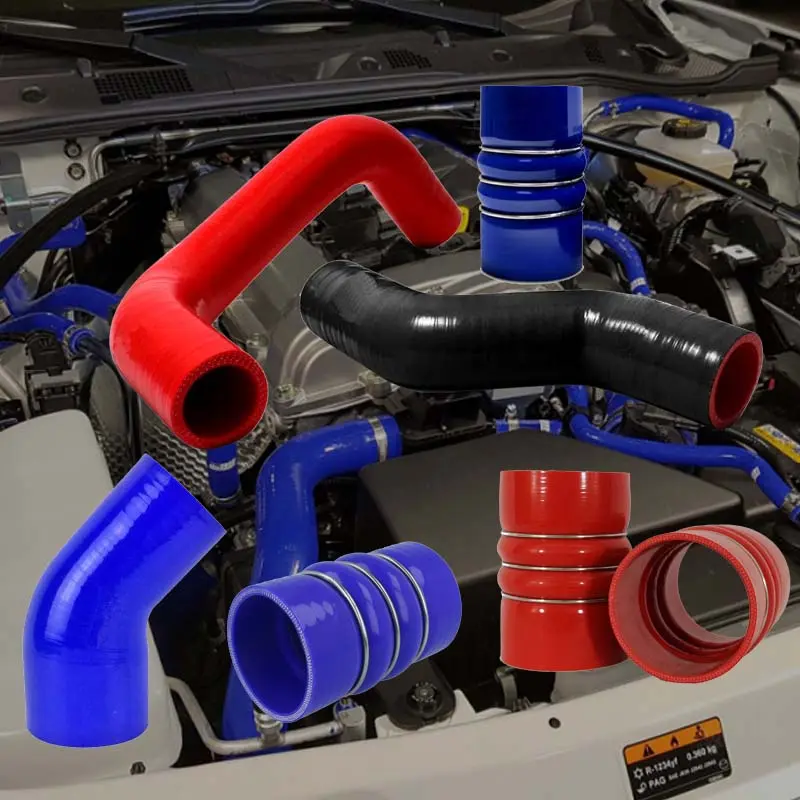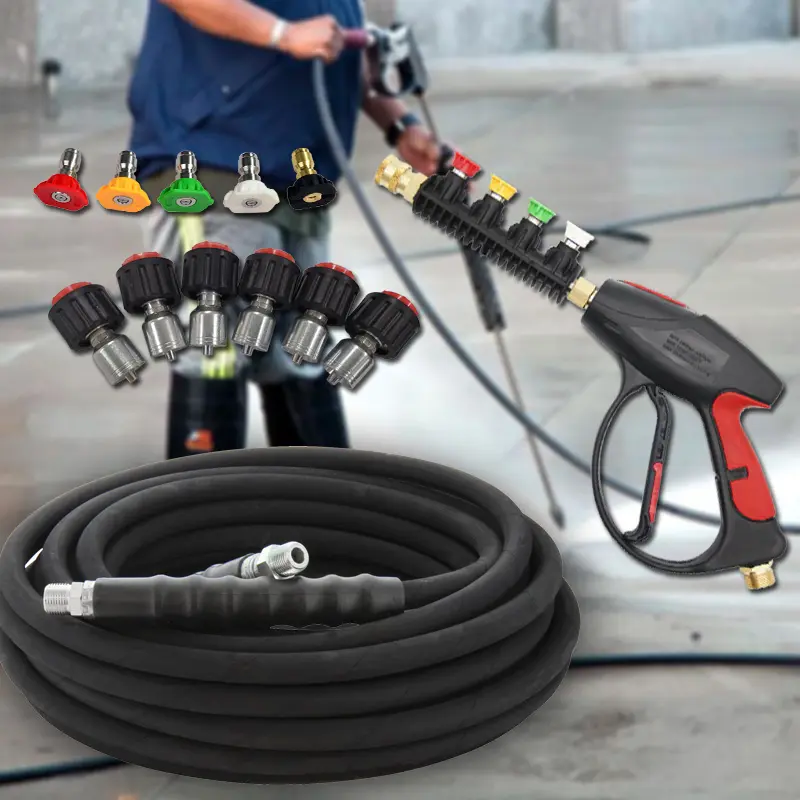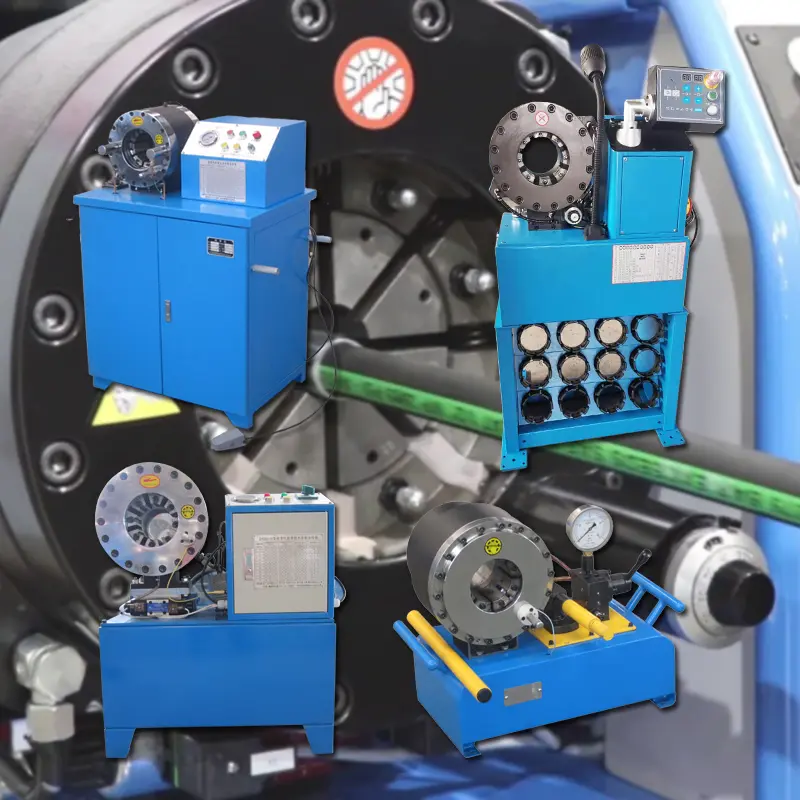Understanding High Pressure Steam Hose Pipes
High pressure steam hose pipes are essential components in various industries where steam is used for heating, cleaning, or processing. Their ability to withstand high temperatures and pressures makes them indispensable in areas such as manufacturing, food processing, power generation, and chemical processing. This article explores the characteristics, applications, and maintenance of high pressure steam hose pipes.
What is a High Pressure Steam Hose Pipe?
A high pressure steam hose pipe is specifically designed to convey steam at high pressures and temperatures. These hoses are typically made from durable materials that can withstand the harsh conditions associated with steam transfer. Common materials used include rubber, thermoplastic, and reinforced synthetic fibers. Reinforcement with steel wire or braided materials is often necessary to handle the pressure and prevent bursting.
Key Features
1. Temperature Resistance High pressure steam hoses are designed to operate in extreme temperature conditions, usually ranging from -40°F to 450°F (-40°C to 232°C). The temperature rating depends on the materials used in construction and is critical for ensuring the efficiency and safety of steam transfer.
2. Pressure Rating These hoses are rated for high pressures, often exceeding 250 psi (pounds per square inch). The pressure rating is vital for determining the suitability of the hose for specific applications in various industries.
3. Flexibility and Bend Radius High pressure steam hoses are designed for flexibility, allowing for easy maneuverability in tight spaces. The minimum bend radius is an important specification that indicates how tightly the hose can be bent without damaging it.
4. Chemical Resistance Industrial environments can expose hoses to various chemicals. The materials used in manufacturing high pressure steam hoses should possess adequate resistance to the chemicals that may come into contact with the hose.
5. Safety Standards When selecting a high pressure steam hose pipe, it is crucial to ensure that it meets industry safety standards. Compliance with standards set by organizations such as the American Society for Testing and Materials (ASTM) and the American National Standards Institute (ANSI) guarantees that the hose will perform safely and effectively under pressure.
Applications
High pressure steam hose pipes find use in a multitude of sectors
- Manufacturing In manufacturing processes, steam is often used for heating and sterilization. High pressure steam hoses transport steam to various machines and tools, ensuring efficient operation.
high pressure steam hose pipe
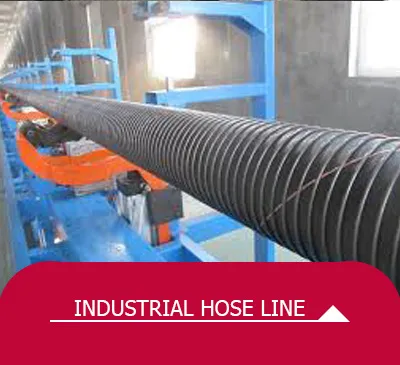
- Food Processing The food industry uses steam for cooking, pasteurizing, and cleaning equipment. High pressure steam hoses provide the necessary heat for these processes while maintaining hygiene and safety.
- Power Generation Power plants that generate electricity often use steam turbines. High pressure steam hose pipes are used to transport steam from boilers to turbines, making them critical to the energy production process.
- Chemical Processing Many chemical reactions require heat, which is often supplied by steam. High pressure steam hoses transport steam safely and efficiently within chemical plants, facilitating various processes.
- Construction In construction, steam is used for cleaning and curing concrete. High pressure steam hoses make it possible to deliver steam to specific areas where it is needed.
Maintenance Tips
To ensure the long life and reliability of high pressure steam hose pipes, regular maintenance is essential
1. Inspection Regularly inspect hoses for signs of wear, cracking, or any other damage. Look for bulges or soft spots which could indicate internal damage.
2. Cleanliness Keep hoses clean and free from chemicals or other contaminants that could deteriorate their material.
3. Proper Storage Store hoses in a cool, dry place, away from direct sunlight and extreme temperatures. This helps prolong their lifespan and maintains their integrity.
4. Pressure Tests Conduct periodic pressure tests to verify that hoses can handle the required pressure without leaking or bursting.
5. Replacement When hoses show significant wear or damage, replace them promptly to prevent leaks or failures, which could lead to costly downtimes or accidents.
Conclusion
High pressure steam hose pipes are critical in many industrial applications, where their strength, flexibility, and resistance to temperature and pressure are vital. Understanding their features, applications, and maintenance requirements is essential for ensuring safety and efficiency in steam-related operations. Investing in high-quality hoses and implementing a proper maintenance schedule can significantly enhance operational reliability and safety.
Product Application









